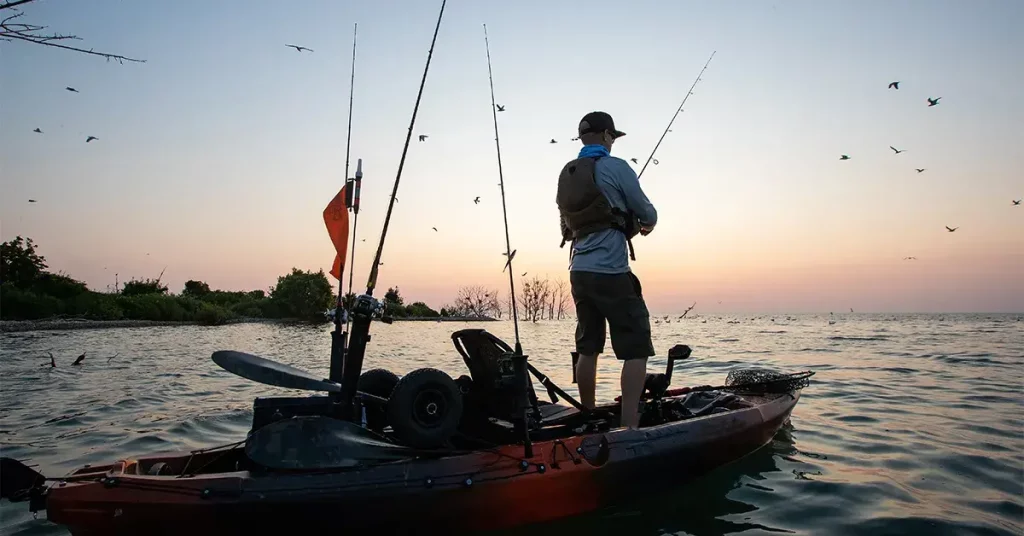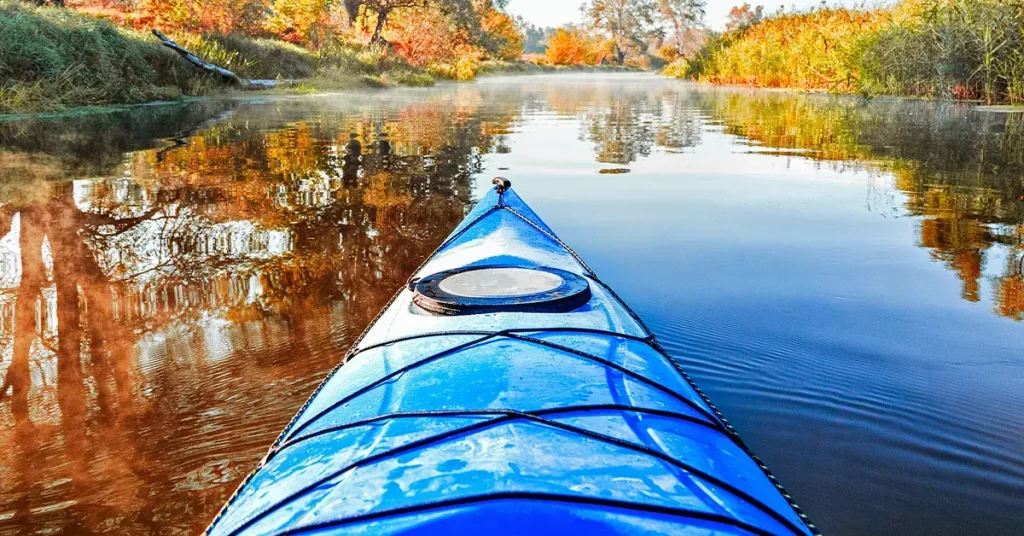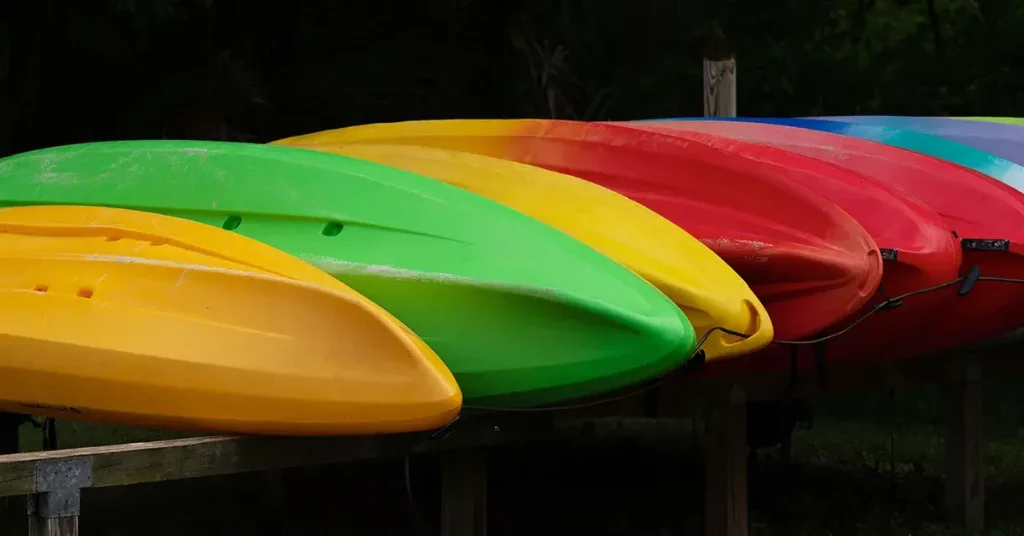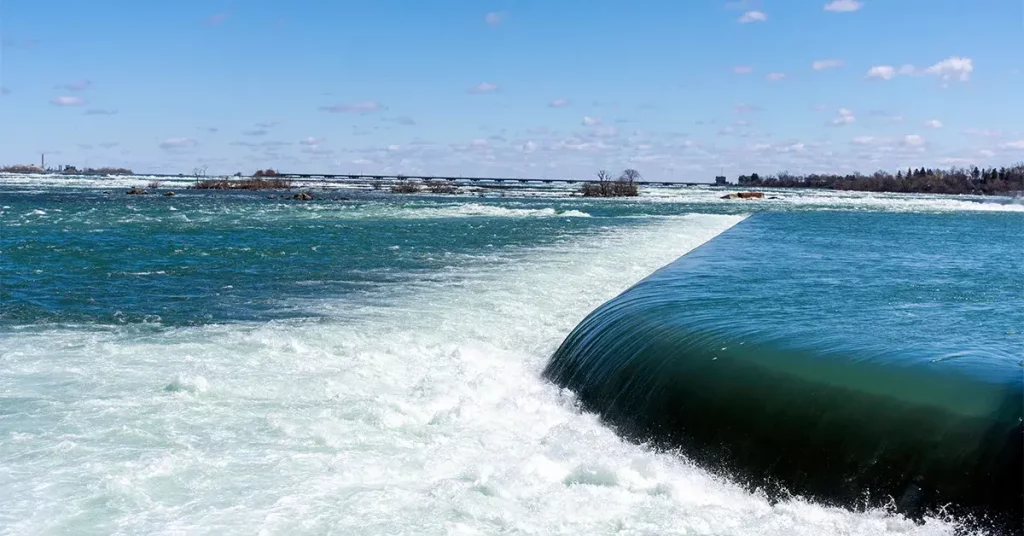If you’ve just shelled out hard-earned dough on a fishing kayak, you’ll want to be sure you get the most out of it. There are a number of basic upgrades and modifications you can add to your fishing kayak that will transform it into a fish slaying machine!
Most fishing kayaks make for highly versatile fishing platforms and feature plenty of room to mount and add a wide variety of upgrades. Customizing your vessel allows you to set it up to precisely serve your needs – so you can focus on catching more fish.
Everything from additional rod holders to storage options, lighting, seating, and anchors can make a major difference to your fishing game. Let’s take a look at some of the latest and greatest in kayak fishing mods in detail.
Top Fishing Kayak Modifications & Upgrades
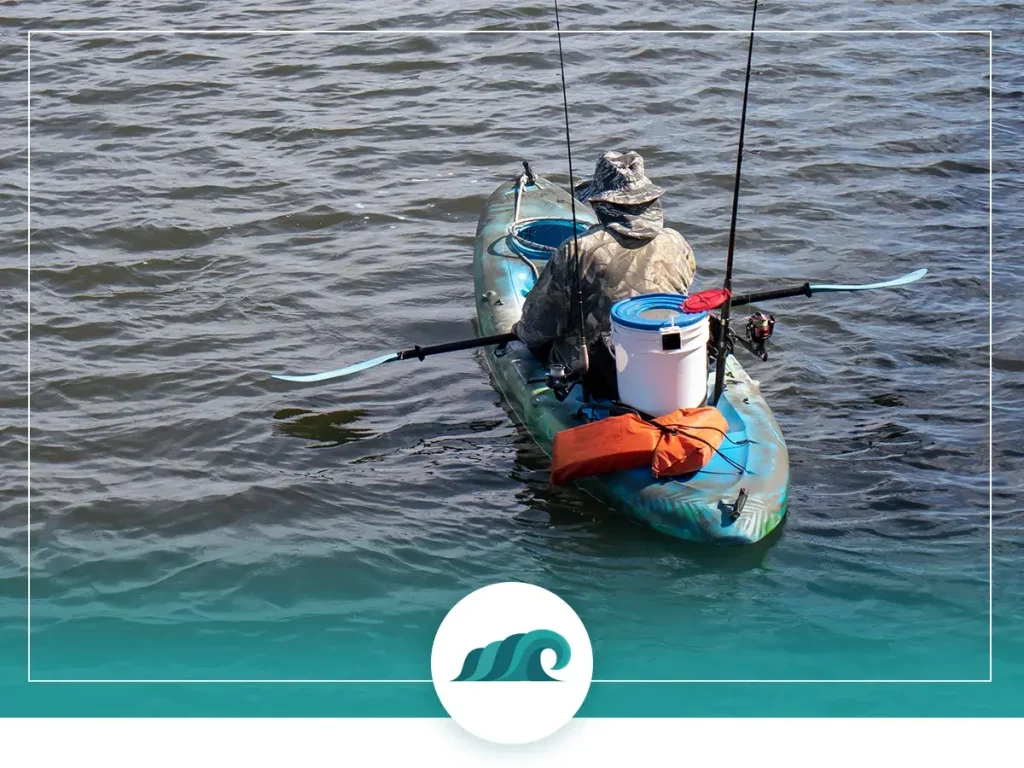
Gear Tracks / Rails
Gear tracks (sometimes called rails) are a great modification to any fishing kayak, and create a highly versatile mounting surface for mounting other accessories. Gear tracks can be installed anywhere on the hull, and feature standard size tracks that will accept accessories from any company.
Many fishing kayaks come with long, flat surfaces on either side of the hull and cockpit for mounting gear tracks. Gear tracks can be used for mounting rod holders, fish finders, tackle trays, paddle holders, camera mounts, and pretty much anything else.
Keep in mind that anything mounted to a gear track won’t be as sturdy as mounting directly to the kayak’s hull. Weight-bearing accessories like anchor locks or downriggers are generally better off mounted directly to the hull.
Manufacturer’s like Scotty, YakAttack, and others all produce excellent gear track systems. Consider going with a low-profile gear track like the Scotty #440-BK Low Profile Track if you want a nearly flush mounting track.
Kayak Crates
Without a doubt, one of the best kayak fishing modifications you can add to your craft is some sort of kayak crate. Beyond providing plenty of storage space for tackle boxes, these crates provide you with an ideal surface for mounting additional rod holders, flags, lighting, and other accessories.
Most are specifically designed to fit inside sit-on-top kayak rear wells and have lash down points for securing them to the deck. There’s a wide variety in terms of features and quality when it comes to kayak crates – everything from basic milk crates to high-end watertight YETI-like crates.
Check out my in-depth review of the best fishing kayak crates for a more detailed breakdown.
Camera Mount
If you want to take footage of your trophy catch, you’ll need some way to mount your camera or GoPro. There are a number of different mounting options that can work well for kayak fishing, with track mounts being some of the most versatile options.
Suction cup mounts can also work well and will give the option of repositioning the camera anywhere you like on your kayak. If you’re going to go down the suction cup route, make sure to attach some form of leash to your GoPro – you don’t want to lose it in the drink!
Check out my guide to the best kayak camera mounts for more info.
Anchoring System
Any angler that’s spent time fishing from a kayak can tell you how important a good anchoring system is. Trying to fish without one can quickly become a frustrating exercise in constantly repositioning your boat.
Kayak anchors are compact and typically in the 1.5 to 5-pound range, and often fold up compact storage when not in use. Check out the Complete Grapnel Anchor System for a well-made kayak anchor.
You can attach the anchor line directly to a cleat or pad eye, or install some sort of anchor lock for controlling the anchor depth. Anchor locks let you raise/lower your anchor with the pull of your anchor line, and have self-locking mechanisms that automatically lock your anchor in whatever position you like.
Stake Out Poles
Stake out poles are another great anchoring option – specifically for use in shallower water. When you’re fishing in shallow flats, a stakeout pole lets you anchor your kayak in seconds with minimal effort.
They also work well for scouting out an area before committing, as you can approach fish stealthily without scaring them off. Because there’s no anchor line to worry about, you can cast without worrying about getting tangled up.
If you fish in shallow water frequently, then stepping up to a motorized power-pole can make sense. Theses are essentially electric stakeout poles you can operate remotely with the touch of a button. These require a marine battery for power and cost significantly more than the manual version.
Anchor Trolley
An anchor trolley is essentially a trolley with two pulleys and a free-moving line installed onto the side of your kayak. You attach your anchor line to a carabiner on the trolley line, which enables you to adjust the direction of your kayak nearly instantly.
You’ll not only be able to stay in a fixed position, but you’ll also be able to face your kayak any direction you prefer. You can fish into the wind, cross current, or with the wind at your back easily. You’ll also be able to change directions without hauling up your anchor.
Check out the YakAttack LeverLock Deluxe Anchor Trolley for a well-designed anchor trolley system.
Drift Socks
When you want to slow down your kayak without stopping completely, drift socks are the answer. They look like miniature versions of those windsocks you see at the airport and work by creating a significant amount of drag in the water. The sock attaches to a short line with a mini-float built into it, which clips directly to your kayak.
Drift socks let you slowly troll long flats without the use of a paddle or a trolling motor. Simply attach one or more drift socks to your kayak’s cleats, face the drift sock towards the wind, and toss them in the water.
Check out my in-depth breakdown of the best drift socks and how to use them effectively.
Outriggers
While some anglers might scoff at the idea of using outriggers, they can turn nearly any kayak into a highly stable fishing platform. You’ll be able to stand up and cast and move about your craft without worrying about capsizing. This can be a major plus when you’re fighting with a monster fish!
The added stability can make fishing in windy and wavy conditions much easier, and can also work well for adding stability and buoyancy when using a trolling motor.
Both inflatable and solid-bodied outriggers are fairly common, with inflatables offering the advantage of being lightweight and easy to transport when deflated. Check out the Scotty #302 Kayak Stabilizer System for one of the best outrigger systems on the market.
Lights
Paddling in low-light conditions can present a hazard for both yourself and other watercraft. Lighting will make your kayak far more visible on the water, which can help prevent collisions with other boats.
If you paddle in areas with motorized craft, you’ll be able to signal your presence to other boats and even signal to them in case of an emergency. Depending on your local rules and regulations, you may be required to display some sort of light while kayaking in low light conditions.
If you’re looking for a bright, well-made light for your kayak, check out the Kayalu Kayalite Kayak Light. It bright enough to be visible for over 2 miles, and provides over 100 hours of runtime on three AAA batteries.
Check out my breakdown of the best kayak lighting options for a more detailed explanation.
Seating
Many fishing kayaks come with some sort of built-in seat, with some being far better than others. If you plan to spend significant time fishing from your kayak, you’ll want to make sure you can stay seated comfortably for hours without your rear end falling asleep! Aftermarket kayak seats can be a big help here.
A slightly elevated seat can be useful for fishing, as you’ll be able to spot fish and cast effectively without standing up. If your kayak doesn’t have any sear at all, a simple soft cushion can make a world of difference to your comfort level.
Rod Holders
Additional rod holders are kind of like socks, you can never have too many! Many fishing kayaks come with several flush-mounted rod holders, but adding more is an easy way to upgrade your kayak fishing game.
Unlike flush-mounted rod holders, aftermarket rod holders are fully adjustable, with articulating arms and ball-and-socket joints that let you customize the direction and angle of your rods.
In addition to stashing rods, extra rod holders can be used for holding landing nets, flags, stake-out poles, and other useful fishing gear. Most have a separate mount and rod holder portion, so they’re easy to remove for transport.
While plenty of different mounting locations can work well, mounting them to the gunnel slightly ahead of your seat will let you detect strikes easily while still being within arm’s reach.
Check out my review of the best kayak rod holders for a more in-depth look.
Hand Paddle
While it might not qualify under fishing kayak modifications, a hand paddle is one of the most useful things you can get for your yak. These are one-sided miniature versions of full-sized kayak fishing paddles and work great as emergency paddles.
The compact design lets you maneuver your craft and change directions without having to pull out your full-length paddle. They’re also great for pushing off docks, maneuvering around rocks and logs, and stealthily approach fish without spooking them.
Check out the Backwater Paddles Assault Hand Paddle for a rugged, well-made hand paddle.
Bait Well / Aerator
If you frequently fish with live bait, adding a small bait well or aerator is one of the best fishing kayak modifications you can make. These little insulated coolers have built-in aerators that will keep your bait fresh and lively for days at a time.
Check out the Wilderness Systems Thrive Baitwell for an excellent live bait storage option designed specifically for kayaks.
Catch Bag
Catch bags (also called kill bags or fish bags) are essential for any kayak angler that keeps some of their catch. These soft-sided insulated bags are designed to keep ice and fish cold for days at a time.
The soft-sided design makes them lightweight and easy to fit in a variety of kayak well dimensions. Many are also UV and mildew resistant, so they’ll withstand tough conditions with ease. The Reliable Fishing Products Insulated Kayak Bag is one of the best options out there for a kayak catch bag.
Fish Finder
If you want to step up your kayak fishing game, a fish finder should be one of the first modifications you add. While typical fish finders require you to set up a marine battery, there are now many models that run off of small, compact batteries that can fit nearly anywhere in your kayak.
A fish finder will provide you with real-time sonar information of the water column below you. You’ll be able to spot bottom features like brush piles, fallen logs, and vegetation, as well as clear arches indicating fish depth and size.
Many have additional features like GPS waypoints, built-in mapping, and auto charting. These will let you map out the water as you fish, and set waypoints for important features of interest.
Check out the Garmin Striker 4 with Portable Kit for a compact, portable fish finder perfect for kayak fishing.

